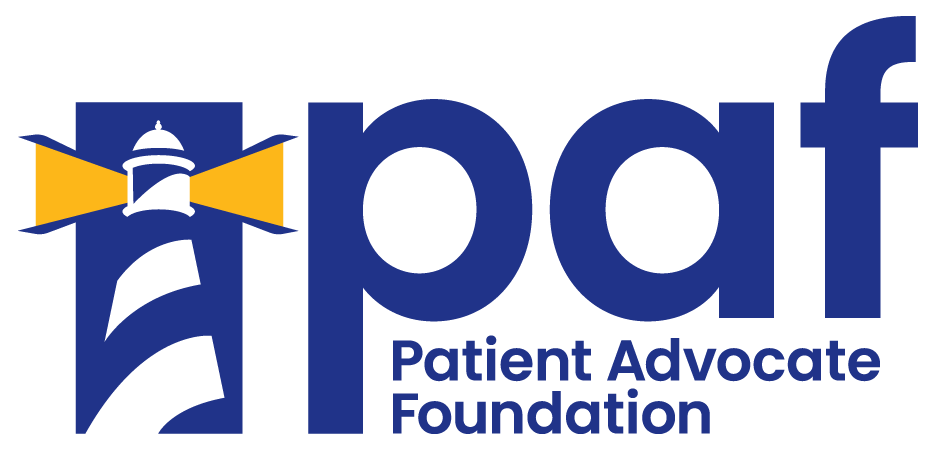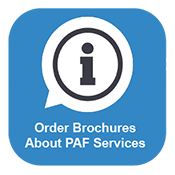Medicare Basics
Most everyone has heard about Medicare in their lives. But do you know how it works?
You have several different options available to you once you become Medicare eligible. Medicare is a federal health insurance option providing coverage for
1. Individuals 65 years and older who are entitled to Social Security retirement benefits
2. Individuals who are younger than 65 years old and have been receiving Social Security Disability Insurance for more than 24 months
3. Individuals entitled to Railroad Retirement benefits or Railroad Retirement disability benefits
4. Individuals with end-stage renal disease- permanent kidney failure requiring dialysis or a kidney transplant
5. Individuals with Amyotrophic Lateral Sclerosis
Medicare is actually very similar to private insurance in that it provides several different types of coverage options including:
Medicare A (Hospital Insurance) – Medicare A covers inpatient care in hospitals and similar settings. Part A premiums are free for most Medicare beneficiaries.
• Helps pay for care received while in an inpatient setting such as critical access hospital, inpatient rehabilitation, long term care facility or skilled nursing facility
• Helps pay for care provided in an outpatient setting such as home health care or hospice
• Allows people to choose their own doctors, hospitals and other providers
• Many individuals do not have to pay a monthly premium for Medicare part A because they paid Medicare (FICA) taxes while working. If you do not automatically get premium-free Part A, you may still be able to enroll and pay a premium
Medicare B (Medical Insurance) – Medicare B covers medically necessary services such as doctor visits and outpatient care. Part B is voluntary and you pay a premium monthly. Payment amounts vary depending on income level.
• Helps pay for doctor services and outpatient hospital care including physical, speech or occupational therapy
• Pays for some preventive services in an attempt to keep beneficiaries healthy and keep certain illnesses from becoming worse
• Many people pay the standard monthly Medicare Part B premium as an automatic deduction from their social security check
• Generally pays 80% of the approved Medicare amount for covered services after deductible is met
• It is your choice to enroll in the Part B benefit
Medicare C (Medicare Advantage Plans) – Medicare Advantage offers managed plans by private health insurance companies approved by Medicare requirements.
• Provides Medicare benefits through private companies
• You choose the type of plan such as a HMO or PPO
• You must be eligible for Medicare Part A & Part B to enroll
• Often includes benefits traditional Medicare does not cover
• Usually requires enrollees to use plan doctors, hospitals and providers. Most plans have drug coverage. This plan would be a MAPD (Medicare Advantage Prescription Drug)
• Usually has a monthly premium in addition to the Medicare Part B premium and can require a copayment for covered services
Medicare D (Prescription Drug Coverage) – Medicare D provides prescription drug coverage. Medicare D plans are available regardless of your income, illness or drug costs and are managed by an insurance company or private company approved by Medicare.
Medicare D:
• Helps cover the cost of prescription drugs
• Plans vary in cost and drugs covered
• Each plan has their own formulary
• Available to everyone that is eligible for Medicare Part A or Part B
• Usually pay a monthly premium in addition to Part B premium










